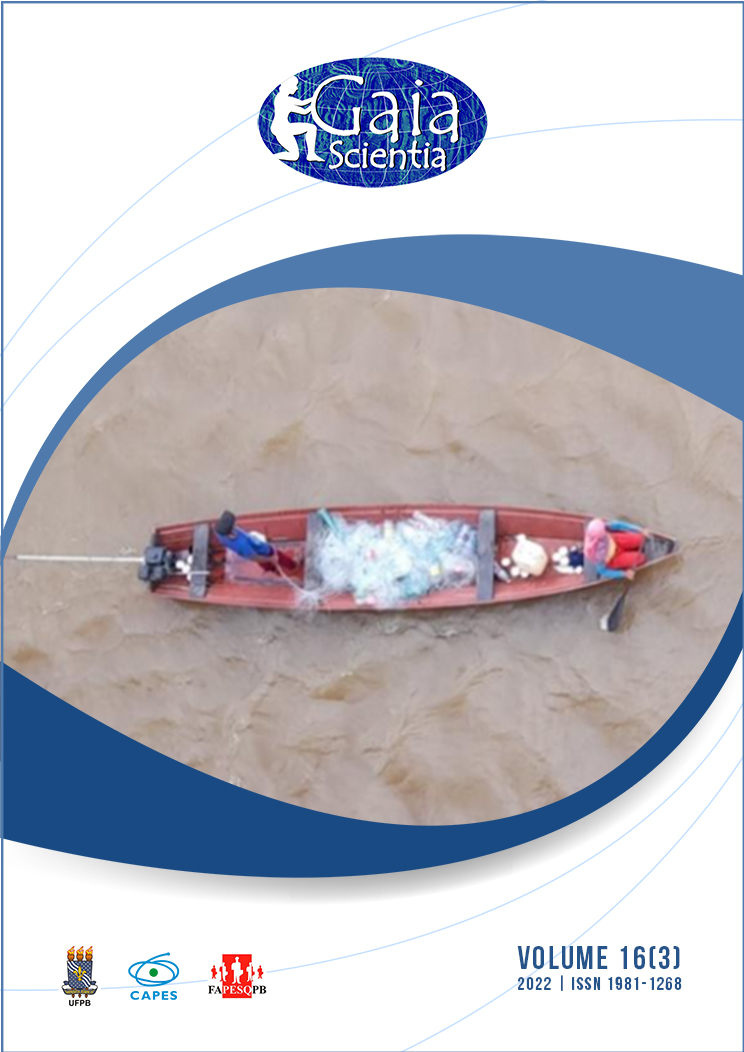Water treatment efficiency by inorganic coagulants aluminum sulfate and organic Abelmoschus esculentus or okra separately and associated
DOI:
https://doi.org/10.22478/ufpb.1981-1268.2022v16n3.63769Abstract
The study brings the approach based on the stages of conventional water treatment, based on the use of inorganic coagulant (aluminum sulfate), organic coagulant/flocculant (Abelmoschus esculentus or okra) and the association of these coagulants, aiming to determine the efficiency of groundwater treatment. The experiments were carried out in 8 groundwater campaigns, analyzed for different concentrations of coagulants/flocculants, submitted to Jar Test tests and filtration. The following physical-chemical parameters of raw and treated water were evaluated: true color, turbidity, pH, electrical conductivity and temperature, to evaluate the framework to the potability standard established in Potability Ordinance n° 888 of 2021 of the Ministry of Health. The study showed that the appropriate dosages for 2 L of raw water using coagulant dosages with a concentration of 1% were: 2,0 mL for aluminum sulfate (SA), 0,5 mL for okra powder (QI), and 2,0 mL for coagulant spool (SAQI). All coagulant compositions showed removal efficiency, such as SAQI, which obtained removal efficiency of 59,26% for apparent color, SA that obtained removal of 97,53% for true color and QI with 100% turbidity removal after filtration.










